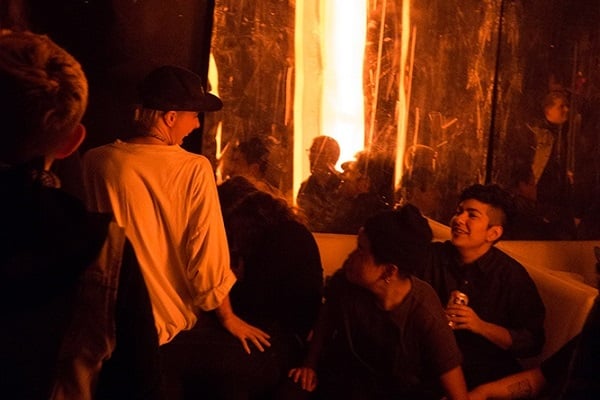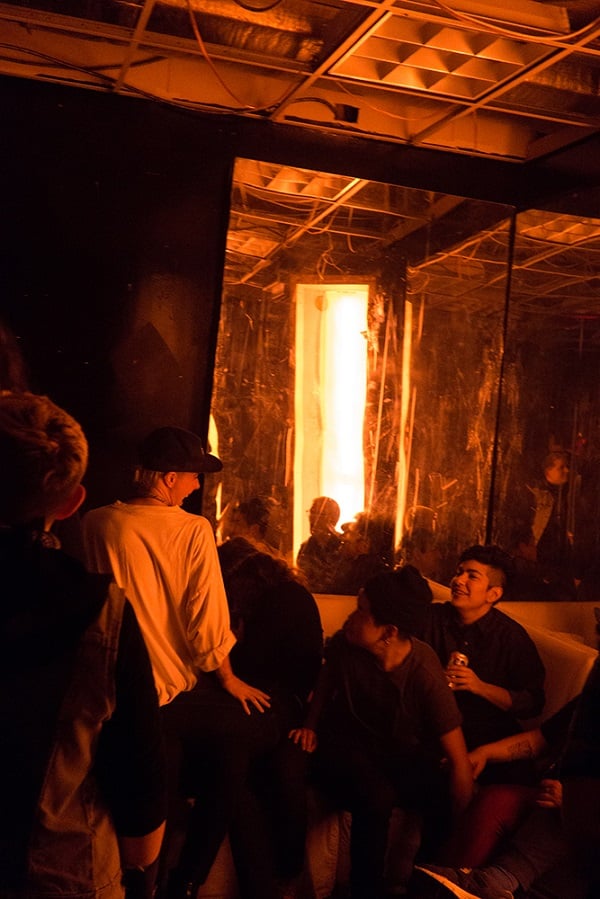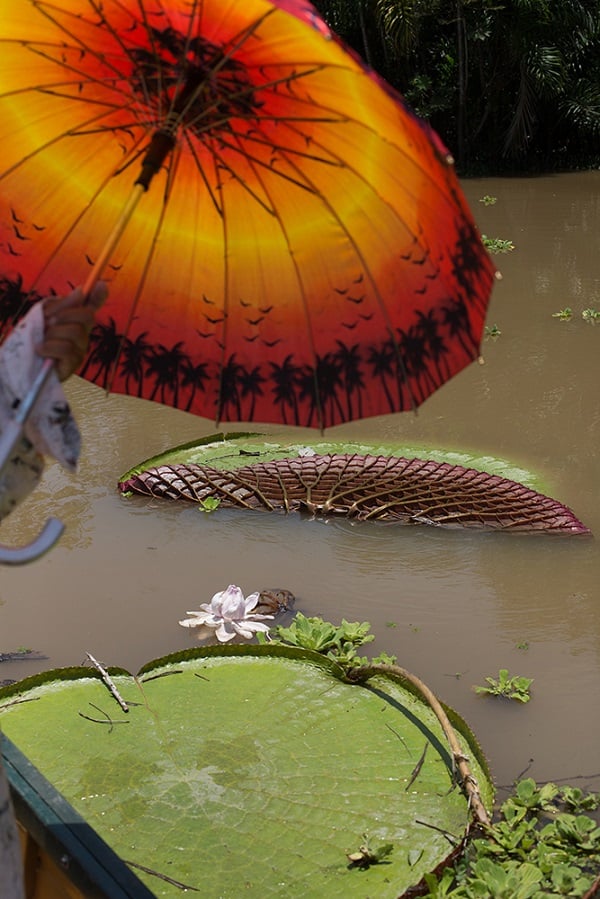Reviews
Wolfgang Tillmans’s Early Film Debut at The Kitchen Was a Packed, Sweaty Mess
Videos are photographing time, he tells the audience.

Videos are photographing time, he tells the audience.

Clara Zevi


Wolfgang Tillmans, The Spectrum / Dagger (2014).
Image: Courtesy David Zwirner, New York.
Dressed in neon orange construction shorts and an army print baseball cap, Wolfgang Tillmans casually introduced himself to the crowd on Monday evening at the Kitchen, the legendary non-profit art space in New York which was screening a handful of the German artist’s films in conjunction with his new show at David Zwirner.
A little over one hundred people gathered for an evening of 18 short films by the Turner Prize-winning queer artist, best known for his photographs of the 1990s acid house scene and intimate portraits of friends.

Wolfgang Tillmans, arms and legs (2014).
Image: Courtesy David Zwirner, New York.
Had the space allowed, perhaps all 5,000 who hit “attending” on the event’s Facebook page could have come to see Tillmans’s debut film, created in 1987, when the artist was 19 years old. Amid the dedicated crowd, we saw the artist boil peas, capture the inside of his nostrils, and highlight a lone illuminated Mercedes Benz sign spinning atop a building in Berlin, among other quotidian activities.
“Video for me is actually photographing time,” the artist said.

Wolfgang Tillmans, La Palma (2014).
Image: Courtesy David Zwirner, New York.
One of the first videos, 28-minutes of short scenes from the window of his apartment on 14th Street in New York, is perhaps the strongest work in the series. Although it was sandwiched in the presentation by balls (out of jeans) (1994) and Coca Cola bubbles (1996)—the boredom-inducing Warholian narratives of which are pretty self-explanatory—the ordinary happenings on the busy street come alive as Tillmans catches them from above, zooming in and out at whatever takes his fancy.
The lack of context and dialogue in 14th Street leave the viewer crafting intricate stories of the people that pass by Tillmans’s window. For a few minutes, the camera focuses on a card trick player, who lures in pedestrians with the promise of winning a few bucks. It’s a quick take on how often we get screwed over, the artist explains, stating the obvious. At the end of 28 minutes of footage shot through his dusty window, we hear someone come into the room and ask, “What have you been doing all week?” “Um…” the German artist can only reply.

Wolfgang Tillmans, Leaf for Architects (2013).
Image: Courtesy David Zwirner, New York.
The next set of moving images are coupled either with pumping, heavy music, or light background noise. For instance, music videos for Goldfrapp and the Pet Shop Boys were included in the curated selection of films. Incidentally, both were criticized when they were released, the former for being too avant-garde and the latter, which followed rats through the London Underground, for not being a music video at all.
“Video is not my natural desire. I can’t get my hands onto it really,” Tillmans confessed to the audience.
Across the street, David Zwirner has opened the artist’s first major show since joining the gallery last year. It consists of over 100 photographs and a single short film. The exhibition, entitled “PCR,” is a fleshy dig into Tillmans’s personal snapshots as well as scattered mix of photographs of young activists holding up protest signs in cities worldwide, and, of course, investigative images of solar eclipses. Because what’s a Tillmans’s show without a jumble of disparate images?
To continue with the idea of this bricolage, most of the works are taped directly onto the gallery walls, as if just put up for personal use in a bedroom or living room. It’s here that Tillman’s shows how his work is always conscious of the time, from capturing the steady pulse of dance scenes, to featuring seemingly banal moments of everyday existence.
When Tillmans first started experimenting with film, he used a Portable VHS Recorder. “I would like to use the best medium of my time without it being special effects.” He’s now using a high-definition camera, saying, “I was never interested in something that isn’t of its time.”
“PCR” is on view at David Zwirner until October 24, 2015.
Related Stories:
Wolfgang Tillmans Opens a Gallery for Music